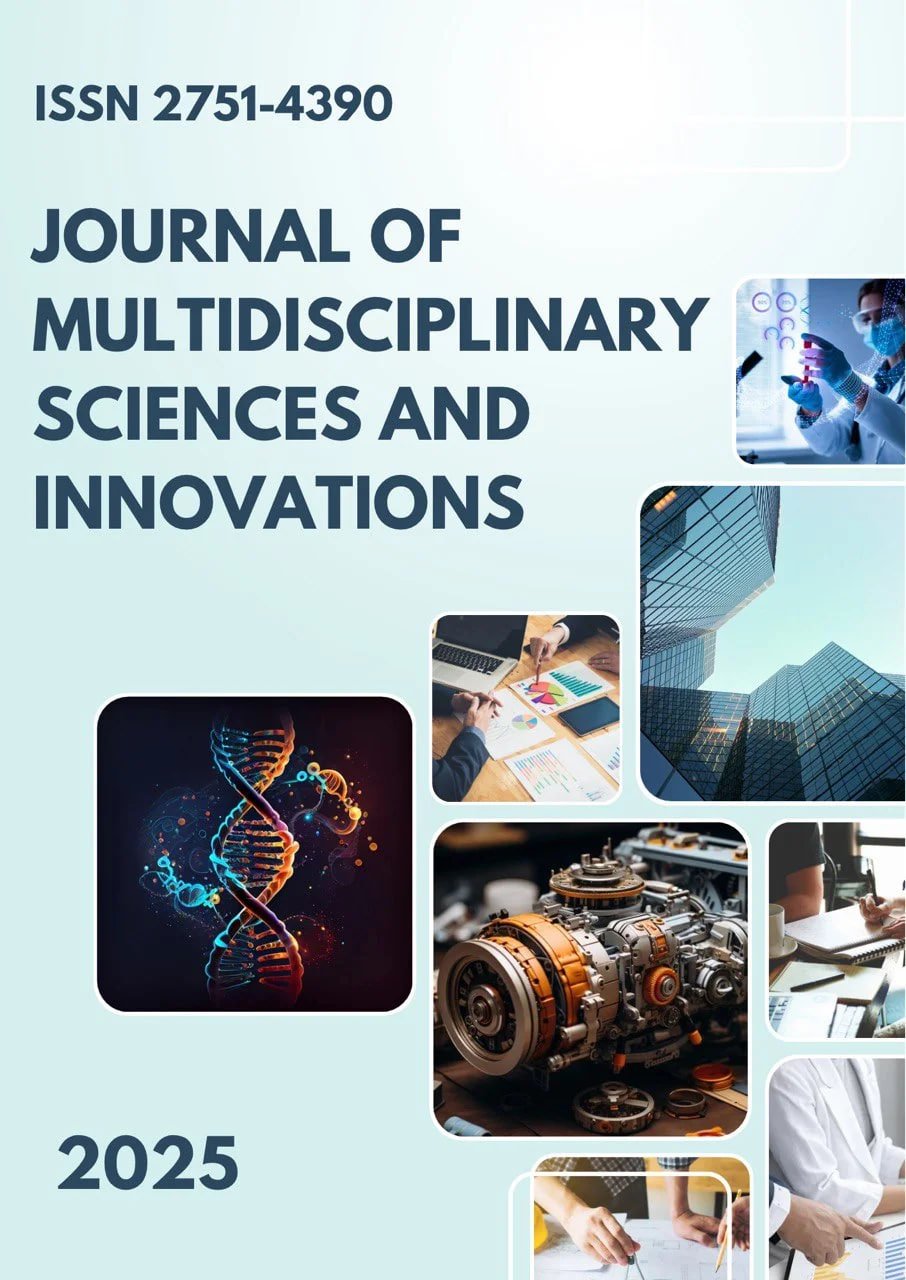THE WEAR PROCESS OF ROAD MILLING MACHINE CUTTING TOOLS AND THEIR INFLUENCE ON TECHNICAL EFFICIENCY
Main Article Content
Abstract
This paper investigates the wear mechanisms of cutting tools used in road-milling machines and their impact on the overall technical efficiency of pavement-rehabilitation processes. Milling cutters operate under extreme mechanical, thermal, and abrasive loads that cause gradual deterioration of tool tips and holders, directly influencing cutting energy, surface roughness, and productivity. A theoretical and experimental review of global road-milling practices is presented, focusing on cutter geometry, material properties, and operational parameters. The study identifies the main wear modes—abrasive, adhesive, impact-fatigue, and thermal softening—and quantifies their effects on performance. The results show that maintaining optimal tool-wear rates through improved materials, cooling, and monitoring systems can increase milling efficiency by 20–30 % and extend tool life by 1.5–2 times.
Downloads
Article Details
Section

This work is licensed under a Creative Commons Attribution 4.0 International License.
Authors retain the copyright of their manuscripts, and all Open Access articles are disseminated under the terms of the Creative Commons Attribution License 4.0 (CC-BY), which licenses unrestricted use, distribution, and reproduction in any medium, provided that the original work is appropriately cited. The use of general descriptive names, trade names, trademarks, and so forth in this publication, even if not specifically identified, does not imply that these names are not protected by the relevant laws and regulations.
How to Cite
References
1.Wirtgen GmbH. Cold Milling Technology Manual. Windhagen, 2020.
2.Li X., Zhang J. (2019). “Analysis of Wear Behavior in Tungsten-Carbide Road Cutters.” Wear, Vol. 430-431, pp. 155–163.
3.Caterpillar Inc. PM620 Milling Machine Operator’s Guide. Peoria, 2021.
4.BOMAG Group. Innovative Cooling Systems for Road Milling Drums. Boppard, 2022.
5.Hu Y., Wei T., Chen K. (2023). “Smart Monitoring of Milling Tool Wear via Vibration and Power Signals.” Automation in Construction, Vol. 154.
6.Archard J. F. (1953). “Contact and Frictional Wear of Metals.” Proceedings of the Royal Society A, Vol. 212.
7.Zhang Q. (2021). Tribological Performance of WC-Based Composites under Impact Loads. Elsevier.
8.ISO 16084:2022 — Road Milling Machines — Safety and Performance Requirements.
9.Sokolov V. (2020). Mechanical Reliability of Construction Machinery. Springer.
10.Kang Y. (2022). “Thermal Effect on Cutting Tool Degradation in Pavement Milling.” Construction and Building Materials, Vol. 324.

